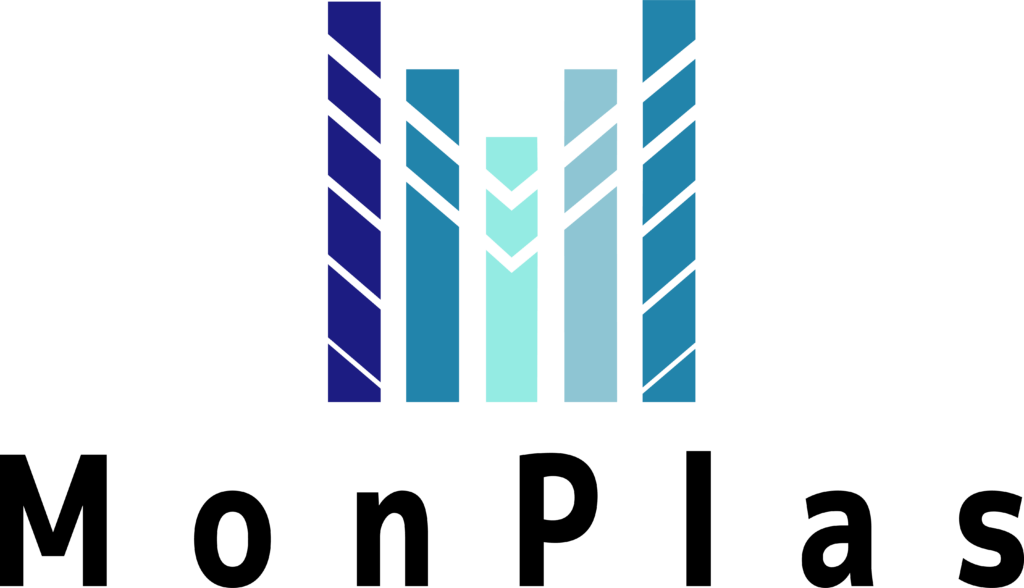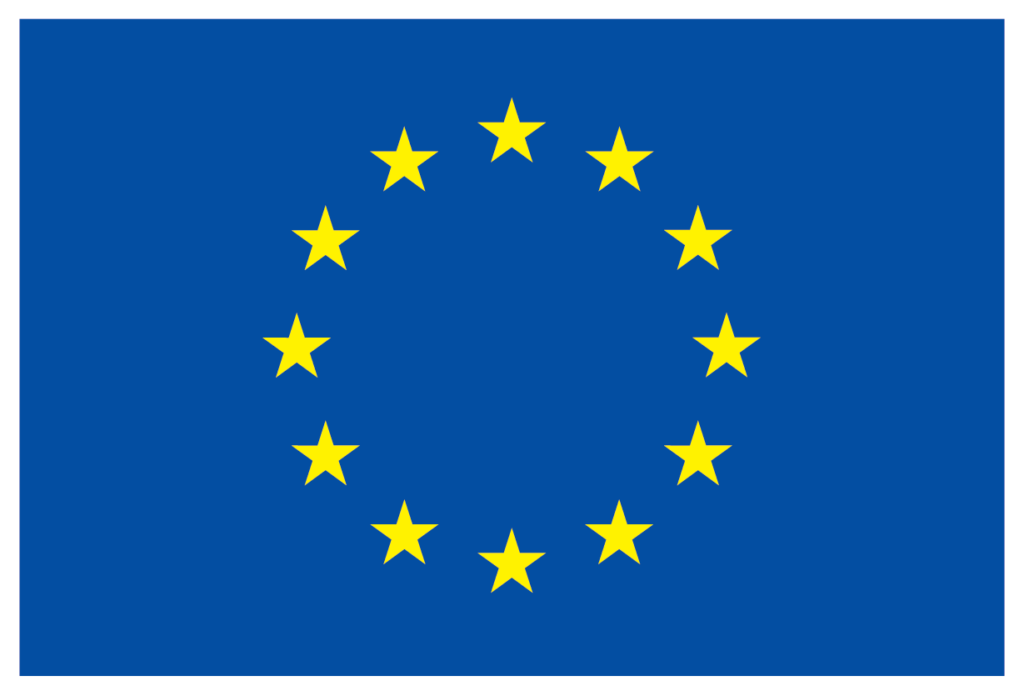MONPLAS

MONPLAS
01/01/2020 – 31/03/2024
Grant agreement ID: 860775
Dr. Daniel Hill
Coordinator, Aston
Aston University (Aston), United Kingdom
Kungliga Tekniska Hoegskolan (KTH), Sweden
Bruker Optik GmbH (Bruker), Germany
Stichting Wageningen Research (CVI-WUR), Netherlands
Vrije Universiteit Brussel (VUB), Belgium
Leibniz-Institut für Photonische Technologien E.V. (IPHT-JENA), Germany
Aalborg Universitet (AAU), Denmark
The Queen`s University of Belfast (QUB), United Kingdom
DOI: Kraus D., Böke J.S., Ehrhardt E., Henkel T. (2022), Multispectral imaging flow cytometry for process monitoring in microalgae biotechnology. Vol. 15, 06;22, 100125.
DOI: Böke J.S., Kraus D., Henkel T. (2021), Microfluidic Network Simulations Enable On-Demand Prediction of Control Parameters for Operating Lab-on-a-Chip-Devices. Processes 2021, 9(8), 1320.
The training of early stage researchers for the development of technologies to monitor concentrations of micro and nanoplastics in water for their presence, uptake and threat to animal and human life
The MONPLAS is a four-year Initial Training Network that will bring Early State Researchers (ESRs) to equip them with the skills and knowledge in micro and nanoplastic detection. Consisting of one of the Europe’s greatest experts from various scientific areas, the Consortium’s principal aim is to improve the ability to detect, trace the origin, determine the toxicity, and ultimately eliminate micro and nanoplastics.
MONPLAS will use a three-pillar approach with a focus on advancing two complementary detection technologies, particularly FTIR and Raman. Given the breadth (and depth) of the consortium, it will set the research roadmap, not just for the detection of micro/nano plastics in water, but also for all beverages, food, soil and air.
Given the fact that global production of plastic is expected to triple in 2050 bringing more micro and nanoplastics, the next generation of scientists and engineers is needed to further develop various novel technologies, applications and methodologies to tackle these challenges. The MONPLAS contributes to the collaboration and training of tomorrow’s talent toward this global aim.
Micro and nanoplastics have recently been found in our soil, tap water, bottled water, beer and even in the air we breathe, with a growing concern about the potential health risks they pose to us. Whether that is through ingesting the harmful bacteria they pick up when coming from wastewater plants, or just through injury and death of cells through contact, possibly through absorption of nanoplastics by cells, we really don’t know.
Which is why there is an urgent need for more research on their toxicity and also why a new EC drinking water directive is to be published in 2019 stating that water companies will need to measure concentrations of microplastics from within two years for positive release and inspection. However, even though a standard measurement method will be published in 2019 for water, its necessary use of existing and expensive scientific laboratory equipment, such as microscopy and FTIR or Raman spectroscopy, will make it prohibitively expensive for in line use for many companies across Europe especially considering its need for highly trained personnel. There is therefore a need to develop suitable technologies for a robust, easy to use and low-cost industrial instrument, whose measurements will correspond directly to the aforementioned standard, as well as train engineers for method development and operation. Given these multiple technical and analytical challenges, and that global production of plastic, that can take hundreds of years to biodegrade, is expected to triple by 2050; we propose a timely four-year Initial Training Network to train multiple Early State Researchers throughout various scientific areas. Consisting of some of Europe’s greatest experts in their fields it will provide tomorrows talent with the skills and knowledge to tackle possibly one of mankind’s greatest threats to its existence whilst they jointly develop the technologies for the industrial instrument in collaboration with end-users and equipment manufacturers.


